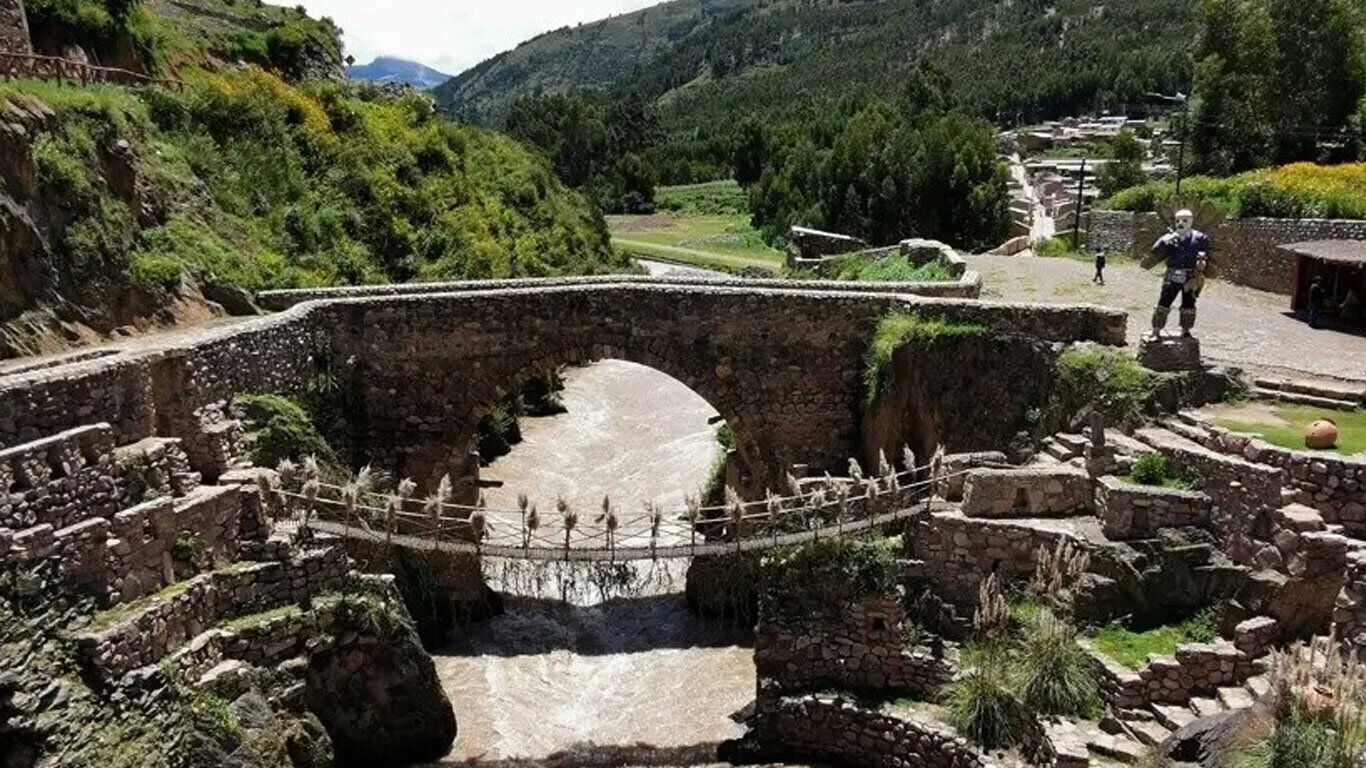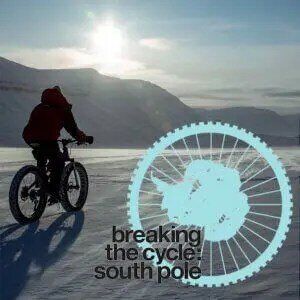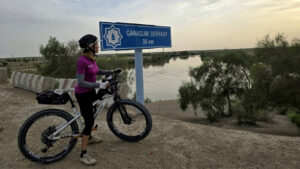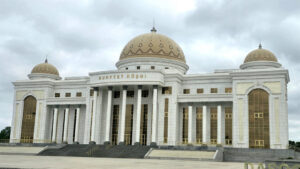3rd to 5th March | Total distance 327 km
DAY 4 | QUIUIJANA – PAMPACHIRI | DISTANCE 64 KM
I was looking forward to turning off the main highway and heading into the mountains. I enjoyed playing the tourist and visiting Machu Picchu and the Sacred Valley, but now it was time to venture off the beaten track.
About 30km from Quiquijana (where we had stayed the night), I turned east at the village of Checacupe. Riding over a quaint little Inca bridge (feature image), I entered the village square, another Plaza de Armas. The name refers to Inca times when visitors to the town were expected to lay down their arms when entering the town to demonstrate that they had come in peace.
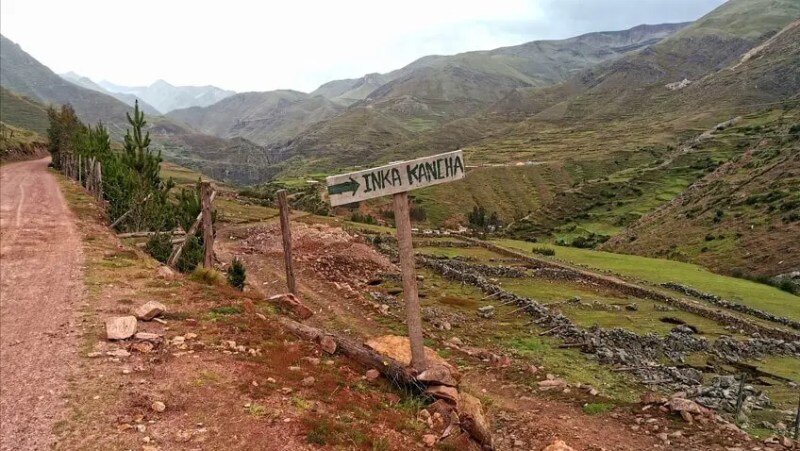
From there I steadily gained altitude, tracking beside a fast-flowing river. All the way to the next town, Pitumarca the roadside was flanked by small fields growing maize, barley, potatoes, tomatoes and much more. After Pitumarca, the paved road ended and for the rest of the journey it was a potholed dirt road. I was surprised to see groves of eucalyptus trees – Javier says they were introduced by the church many years ago.
The higher I got, the more challenging the cycling and the more spectacular the scenery. My path wound up and down the mountainsides, passing through hamlets that weren’t even marked on my maps. In the mid-afternoon I was hit by a hail storm followed by some heavy rain. Donning my new waterproofs, shoe covers and gloves, I rode out the storm.
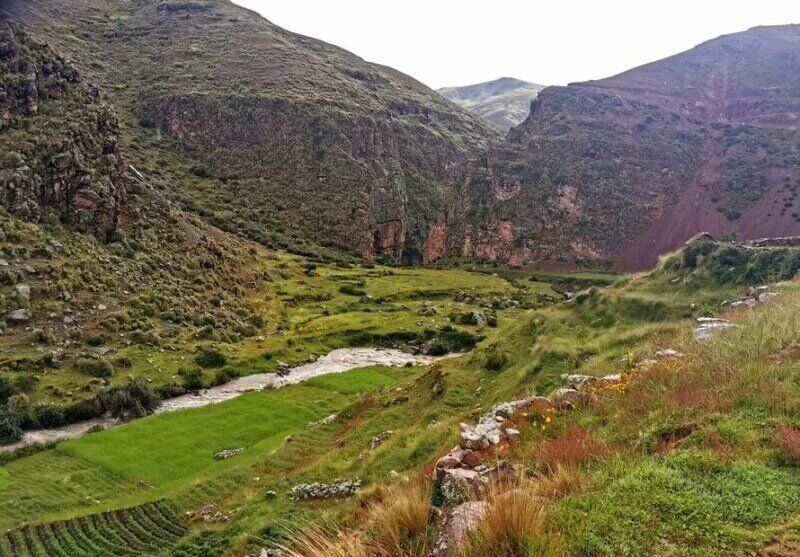
There seem to be a lot of dogs hanging around each village. Javier explained that only about ten or twenty percent of the dogs in Peru have owners, the rest are taken care of – at least fed – by the community who shares the responsibility. I often get chased by dogs as I pass through villages. In the late afternoon, while passing through a small community, one of these stray dogs, a Peruvian Shepherd, started following me. Unlike the rest, this one was friendly, trotting beside, behind or in front as I pedalled. It started to become protective when other dogs threatened to attack.
Our accommodation for the evening ended up being a dusty handicraft workshop owned by a family in Pampachiri hamlet (altitude – 4181m). We pitched our tents inside and cooked on the floor. There were several old Singer sewing machines, half-made woven alpaca rugs, fleeces…and a lot of rubbish and dust, but it was dry and secure.
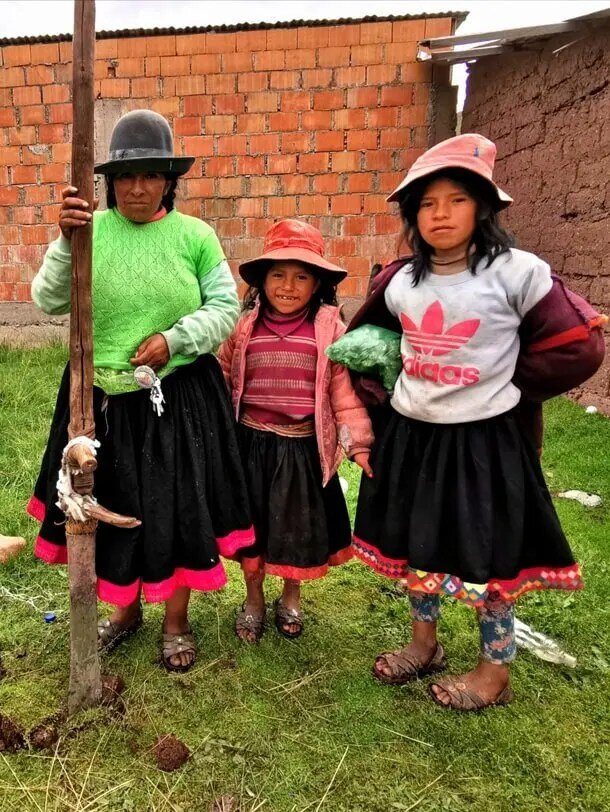
DAY 5 | PAMPACHIRI – PHINAYA | DISTANCE 60 KM
The dog was waiting for us the next morning and followed all day, as I rode higher and higher through alpine grassland. The mountain slopes were dotted with shepherds’ stone huts and yards. Many streams cascaded over the road and I had to ride straight through, unfortunately soaking my feet. Finally, the road snaked away from the stream, the last 300metres were steep and with so little oxygen in the air, I was struggling. The pass was officially 5070m, though my watch made it 5081m.
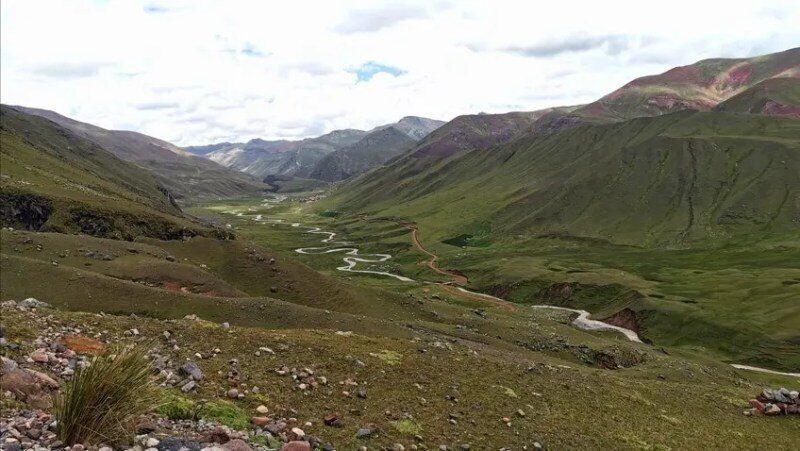
The usual afternoon thunderstorms were threatening as I descended the a vast, open highland moor. In fact I didn’t descend much at all – the plains were at between 4700m and 4850m. The wetlands were populated by all sorts of birds and, in the hills I saw my first vicunas. Vicunas are the smallest camel species (I think – camelette). They are prized for having the finest wool, so valuable that it nearly led to its extinction. Rather than catching the animals and shearing its wool, people used to kill them to take the super-fine fibre. Now vicunas are protected by the communities. Once a year, communities band together to herd the wild vicunas and shear the wool off the chest. Some animals are still lost as a result of this process, but now the numbers are growing and vicunas have been saved from extinction.
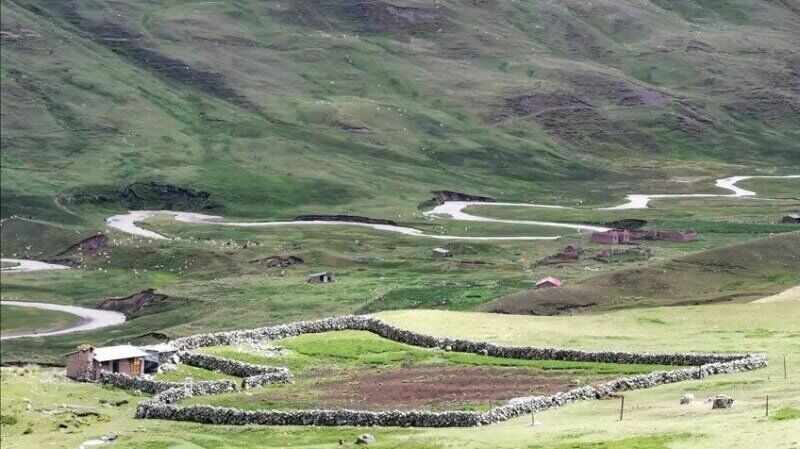
It was a brutal day of climbing on the bike. I arrived at the planned destination, Phinaya, cold and wet. The town is a little outpost that the local government wants to develop as a climbing and trekking destination. All around are high snowcapped mountains. Just as I parked my bike beside the hotel, a local dog started sniffing around it. ‘Our dog’ however sat there guarding my bike and attacked the local dog.
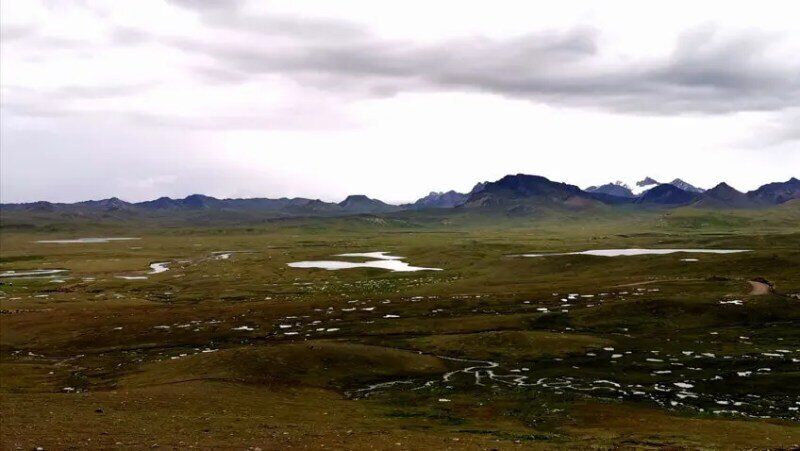
The small hotel in Phinaya was very interesting – clean, some of the best local food we’d had, dirt floors. Melita, the owner, is a young woman and local entrepreneur. She won a competition run by the local government and received a $10K grant to develop her business. With community help she is now gradually developing the facilities as she can afford it. She seemed very aware of the importance of marketing, aiming to appeal to European trekking and climbing enthusiasts.
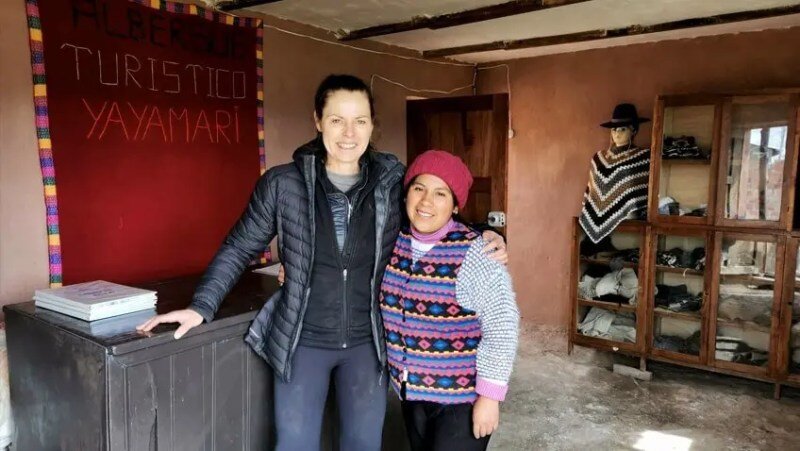
DAY 6 | ADAPTING THE ROUTE
Originally when planing this route, I had noted a bike-packing route that would enable me to reach another community (Corani District), but after Javier spoke to a local driver who knew the area, he said that a bike could get through, but not a vehicle. We had seen on one map a path through and hoped this would be possible for car and bike. Given the time restraints, I cannot afford to take longer than I have planned to make the whole expedition work. We decided to turn back and retrace our route back to the main road. From there I can rejoin the line of my journey and still make Tilali on the Peru-Bolivia border in the next four days. On this adapted route I hope to spend a bit more time around Lake Titicaca.
On the returned journey we had time to visit Rainbow Mountain, Vinicuna. Its rainbow colours are a result of mineral-rich deposits, from iron, copper, sulphur, aluminium being the main components. As an increasing number of tourists climb the 4995m to the saddle of the mountain. Just as I reached the top, the clouds rolled through before it began hailing and, worried about slipping on the wet, muddy slopes, I didn’t stay there for long.

We left our canine friend in Phinaya, however I am not worried. This dog can fend for itself. I imagine it will find its way home pretty easily.
Related posts:
Part 1: Welcome – The Andes, the Altiplano & the Atacama expedition
Part 2: Cusco to Ollantaytambo
Part 3: Machu Picchu and the Sacred Valley
Part 4: Into the Peruvian Southern Highlands
Part 5: To Lake Titicaca and the Border
Part 6: Into Bolivia – unsupported

